"Your dancing makes my broccoli taste good!"
... said the organic farmer. A harvest festival got me thinking about trust in strangers, potatoes, honeybee waggle dances and writing.

I danced at an organic farm’s harvest festival a few weeks ago and I’m still feeling the buzz.
It was 100 melting degrees (38 °C) when we arrived. We parked and rushed toward shade, where fiddle music lured us to a contra dance in full swing. Soon, we were twirling in a mix of smiling, sweating bodies. Palms to palms. Elbows to elbows. Shoulders grazing. Swing your partner. Young to old. Friend to friend and stranger to stranger. Placing healing hands on each other.
Uh, oh. We messed up. That’s not the move. We’ll figure this out.
Laughter. Confusion. Joy.
To keep us cool, mist sprayed from a dripline attached to a shade tarp above. Kids splashed in mud on the sidelines. Toddlers wearing flower crowns twirled under elders.
Circle left, circle right.
Dragonflies swarmed over neighboring sorghum grass fields. The sun drew long shadows and poured its golden evening glow over rows of flowers, dancers and orchards.
I realized: This is about so much more than organic fruits and vegetables. Dance is how we build community. Trust among strangers. I can’t think of an ailment this won’t cure, if only for a moment. Heck, I might have even touched the warm, human hands of someone from a different political party.
Dance, like storytelling, is universal among all human cultures.
After hours of eating scrumptious farm food, carving pumpkins, petting animals, photographing bugs on flowers, and spooking ourselves in the corn maze, the fiddles were still cranking and, again, we danced.
Finally, late in the evening, the farm’s owner jumped onstage to say goodnight. Breathless and euphoric, she told us that people ask her all the time why her food tastes so delicious. “They say, ‘Your broccoli tastes so good, how do you do that?’” She ventured a few guesses about the soil, the farm workers and the neighboring river.
Then, she exclaimed, “Your dancing makes my broccoli taste good!”
Organic farming is expanding worldwide
America’s organic farm acreage has more than doubled over 20 years to 4.9 million acres (2 million hectares). Worldwide, organic farming grew 26 percent in 2022 to 2.4 billion acres (96 million hectares.) Organic sales account for 15 percent of total produce sales in the United States. Australia leads the world, with 130 million acres (53 million hectares) under cultivation.
In September, the U.S. Department of Agriculture said it will spend $50.5 million to “to solve key challenges” facing organic agriculture producers by funding studies of integrated crop management, soil health management, bacterial diseases, and how to diversify the ranks of organic farmers.
Organic farming methods sequester more carbon, use 45 percent less energy, and could reduce agricultural greenhouse gas emissions by 20 percent, according to studies highlighted by the Natural Resources Defense Council. Government policies count: A state in India transitioned to 100 percent organic agriculture by slowly eliminating subsidies for chemical fertilizers.
Our food decisions affect oceans far away: Agricultural runoff from synthetic fertilizers is the biggest cause of algal blooms in rivers and oceans, resulting in dead zones (hypoxia or lack of oxygen that kills sea life). Organic agriculture leaves a lighter footprint on ecosystems that sustain birds, fish and soil.
Buying organic is expensive. Some people only buy a few organic foods, like the humble potato. (Any “Botany of Desire” readers here?)
Here, WiseBread recommends 15 foods best bought organic. Their argument for organic potatoes:
Even if you're scrubbing and peeling your potatoes, there's a very good chance they still contain potentially-harmful chemicals. The [Environmental Working Group] found that the average potato had more pesticides by weight than any other food tested.
Another great way to lower organic costs is to sign up for a Community Supported Agriculture program, which are available nationwide. Here’s a directory of farms across the U.S. They deliver a box of produce to your front door that is so fresh it bursts with an otherworldly sweetness.
What did we build that night dancing in the heat? Tasty broccoli. Trust in the goodwill of strangers. Appreciation for the hard work and dedication of farmers. A love for bugs on flowers. Hope for a clean, more sustainable way of living.
On writing and sharing stories: Did you know honeybees communicate through dance?
European honeybees tell their sisters where to find good food by doing a thing called a “waggle dance.” Scientists have been studying this phenomenon since the 1960s. After finding a delicious flower, honeybees fly home to the hive and zig-zag their tails in the exact direction of that nice flower. Soon, all the bees around her have found the food.
Are we humans any different? Before we were writers, we were storytellers. Language must have begun with storytelling, perhaps initially with hand gestures or body movements. We found a bush full of berries and we came home and told our people. Same with predators. Storytelling is the ability to map another place and time through words. We thrived because we were able to tell stories.
This talent has led us to where we are today, with our billions of terabytes of books, articles, videos, podcasts, likes, comments and so on.
We’re just like honeybees, with an innate need to influence each other.
For instance, Bill Davison has convinced me, through his sheer love for tiny birds, to give up a fruitless, pesticide-free war I’ve been waging on the coddling moths in my old apple tree. Davison writes in “How to Get Close to Birds”:
We have a magic elm in one of our urban parks. Tiny flying ants hatch under the bark in the fall, and the warblers fixate on them and deftly pluck the tiny insects off the bark. They must eat thousands. The birds are so intent on eating that they let you get close.
When I read this, I remembered how dozens of tiny birds descend on my apple tree every fall. I’ve decided to return the tree to the planet and its whims, and let the coddling moths live. I do this by simply letting the leaves lie. (It’s National Leave the Leaves Month, check it out.) Thank you for pointing me in the right direction, Bill.
Dear fellow writers: You’re a waggle dancing honeybee. Your dancing sends sparks far beyond the scope of your imagination. You’re building trust in strangers. You heal with words. You build community through stories. Your dancing makes my broccoli taste good.
Hopeful headlines
How One Indian State Went 100% Organic
Fundamentally altering how food is grown is not easy. The state of Sikkim took the slow and pragmatic route — and it has paid off.
Farm bots can precision spray weeds! From
’s “Weekly Anthropocene, October 9”:John Deere is now selling a crop sprayer with on-board AI that can visually identify individual weed plants and precisely apply weed killer in that exact spot, averting indiscriminate use of potentially dangerous toxins. And the same general technology can be used for precision fertilizer application …
From Phys.org: Field study finds using biodiversity instead of pesticides can reduce crop damage from herbivores
When different genetic types of the same plant species are mixed and planted together, some combinations are more resistant to pests and diseases. This positive biodiversity effect is known as associative resistance.
From The New York Times: Hidden in Midwestern Cornfields, Tiny Edens Bloom: Farmers in the heartland are restoring swaths of the prairie with government help. The aim is to reduce nutrient runoff from cropland, and help birds and bees.
The Bakehouses planted the strips of wild land after floodwaters reduced many fields to moonscapes three years ago, prompting the family to embark on a once-unthinkable path.
They took nearly 11 acres of their fields out of crop production, fragments of farmland that ran alongside fields and in gullies. Instead of crops, they sowed native flowering plants and grasses, all species that once filled the prairie.
From Phys.org: Modern mass extinction in an Ecuadorean cloud forest found to be a mirage
"It's a miracle," said lead author Dawson White, postdoctoral researcher in the Department of Organismic and Evolutionary Biology at Harvard. "Many of Centinela's plants are still on the brink of extinction, but fortunately the reports of their demise were exaggerated. There's still time to save them and turn this story around."
On getting rid of stuff with the environment in mind:
, in “A few thoughts on house clearances,” has been mourning the sudden death of a friend. She’s written up ideas on how to recycle and find new homes for things our loved ones leave behind. I personally use Freecycle.org, which is available in 110 countries, to get rid of items that others could still use.How local heroes reforested Rio’s green heart: A restoration project is making the city a much more livable place in the face of increasingly frequent heatwaves
Simply rad:
About Earth Hope:
Earth Hope is a solutions-based journalism project that highlights environmental success stories from around the globe, because hope is the foundation of progress. Consuming bad news is important, but we should also remind ourselves frequently that progress happens every day. Read more about this project and what inspired it.
About me:
I’m Amanda Royal, a former newspaper reporter who covered wildfires, invasive species, water quality, wildlife and other environmental topics in California and Nevada (while writing under my maiden name and byline Amanda Fehd). The pseudonym “Earth” was a bit accidental. It grew on me quickly, so I thought I’d keep it for a while. I’m new to Substack as of late July 2024. Thanks for the wonderful reception!
Wolves now prowl near Lake Tahoe and across Greece
Wolves are hunting within howling distance of Lake Tahoe, California’s most populated alpine area. Wildlife trackers observed individuals at an “undisclosed location near Lake Tahoe” several months ago. Now, wildlife officials say they received reports of four wolves hovering around a herd of deer in Hope Valley





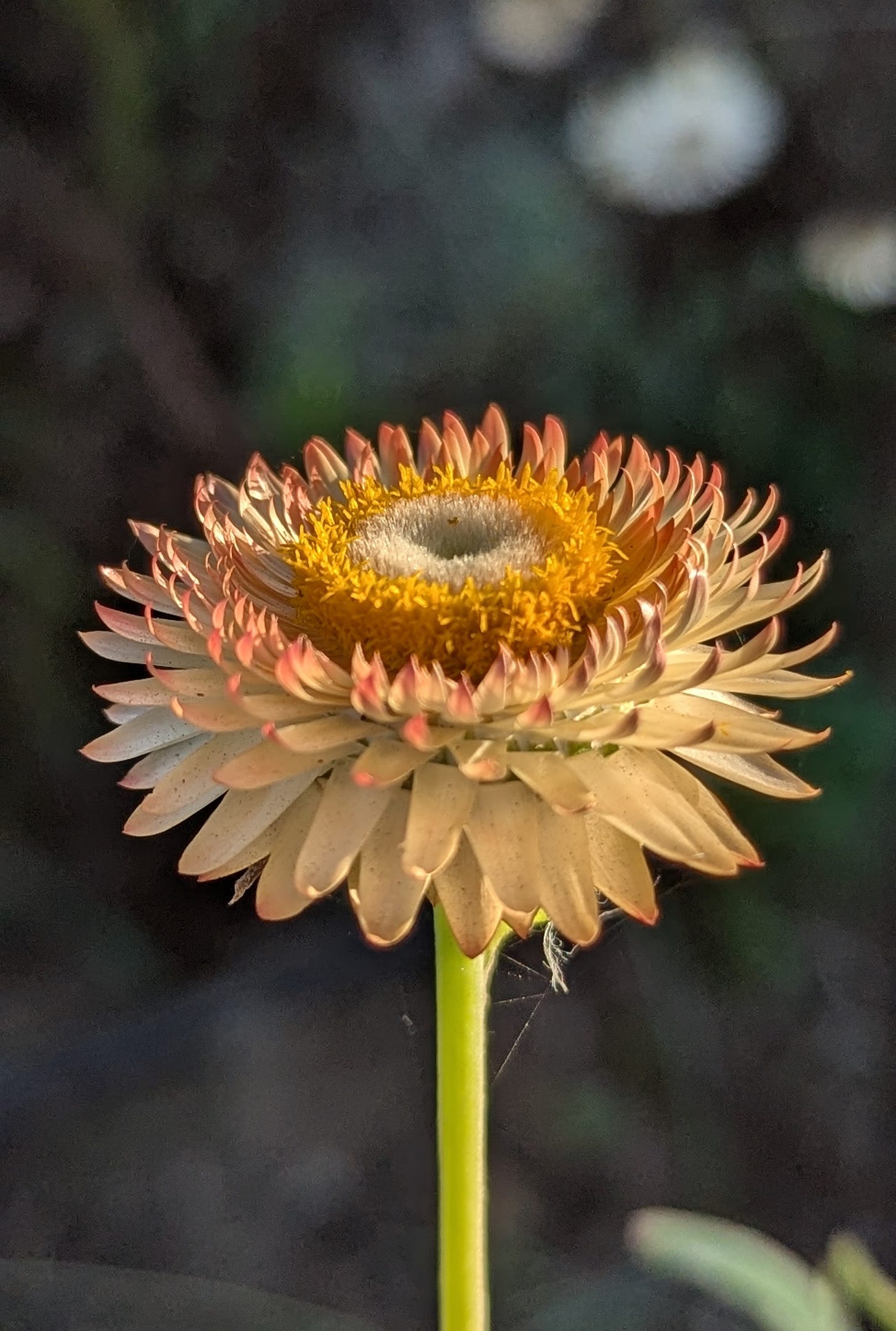
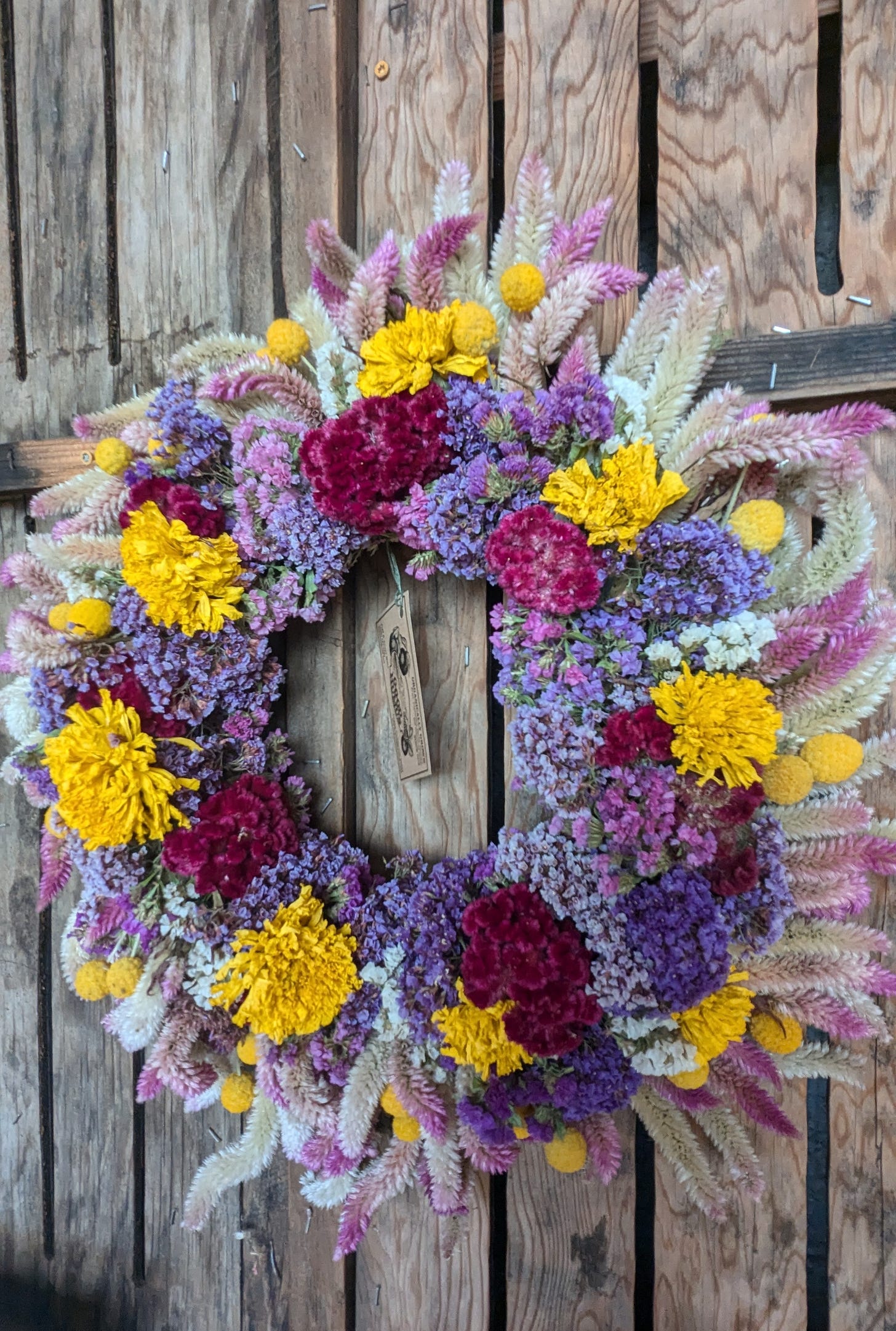
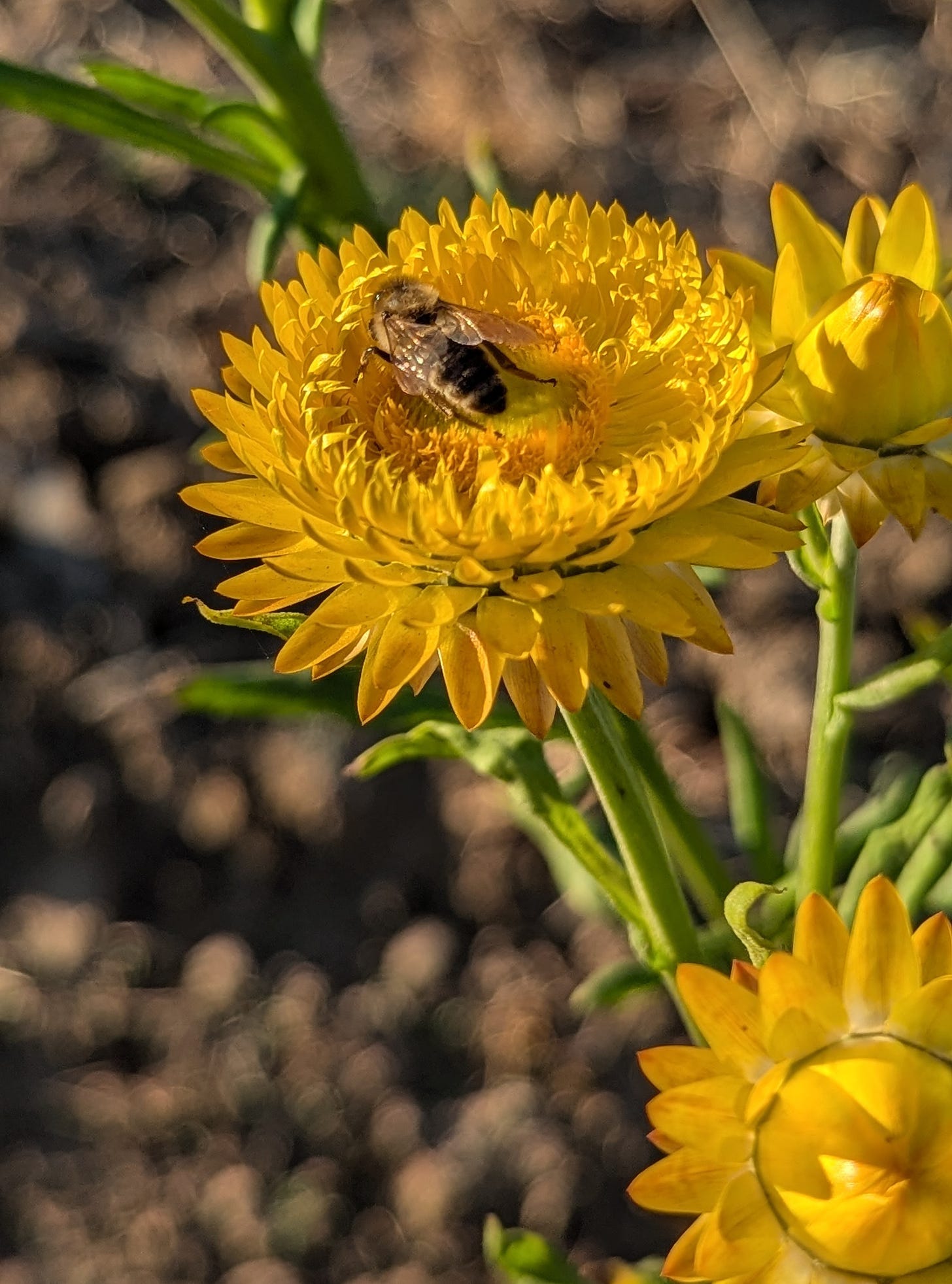
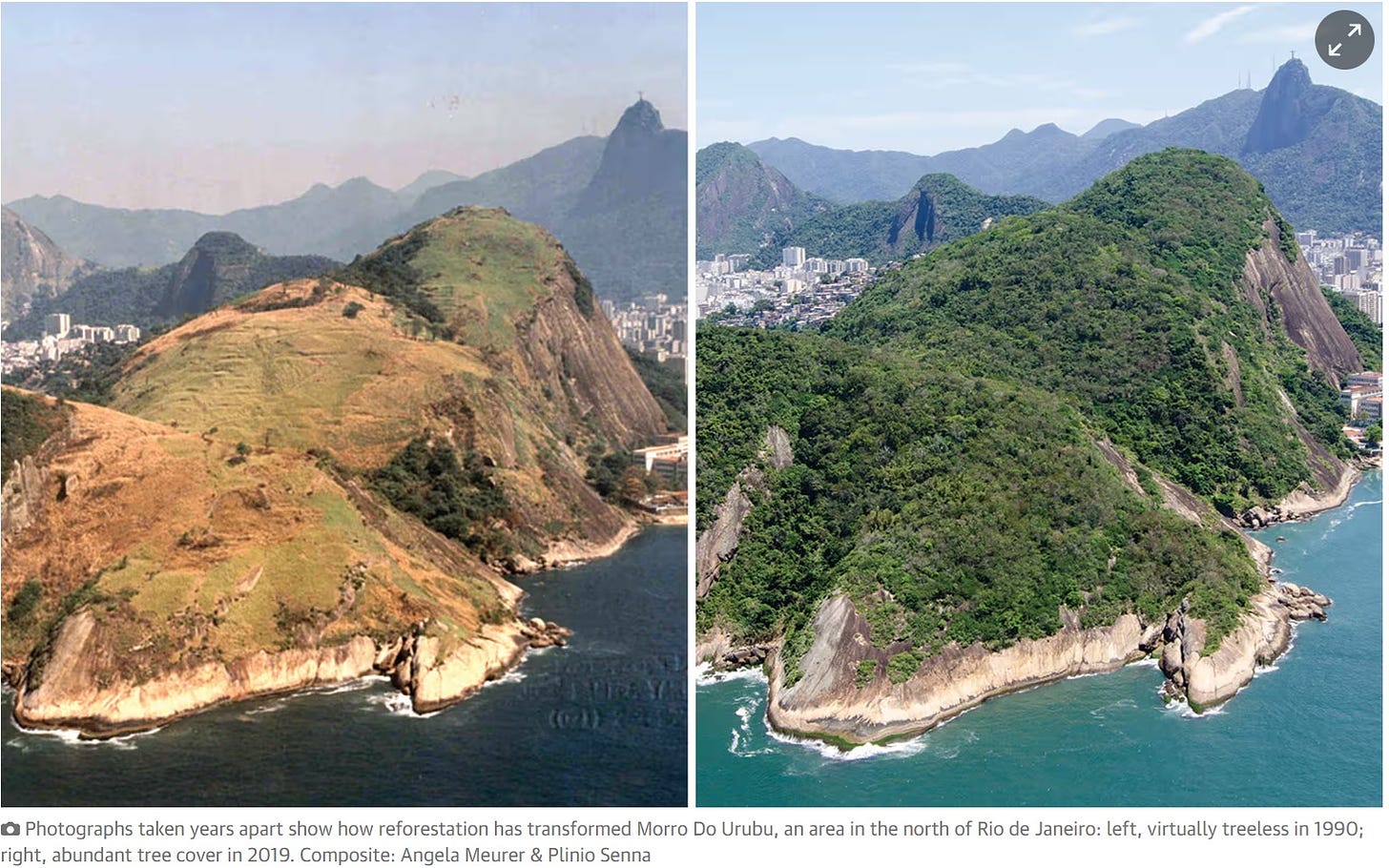
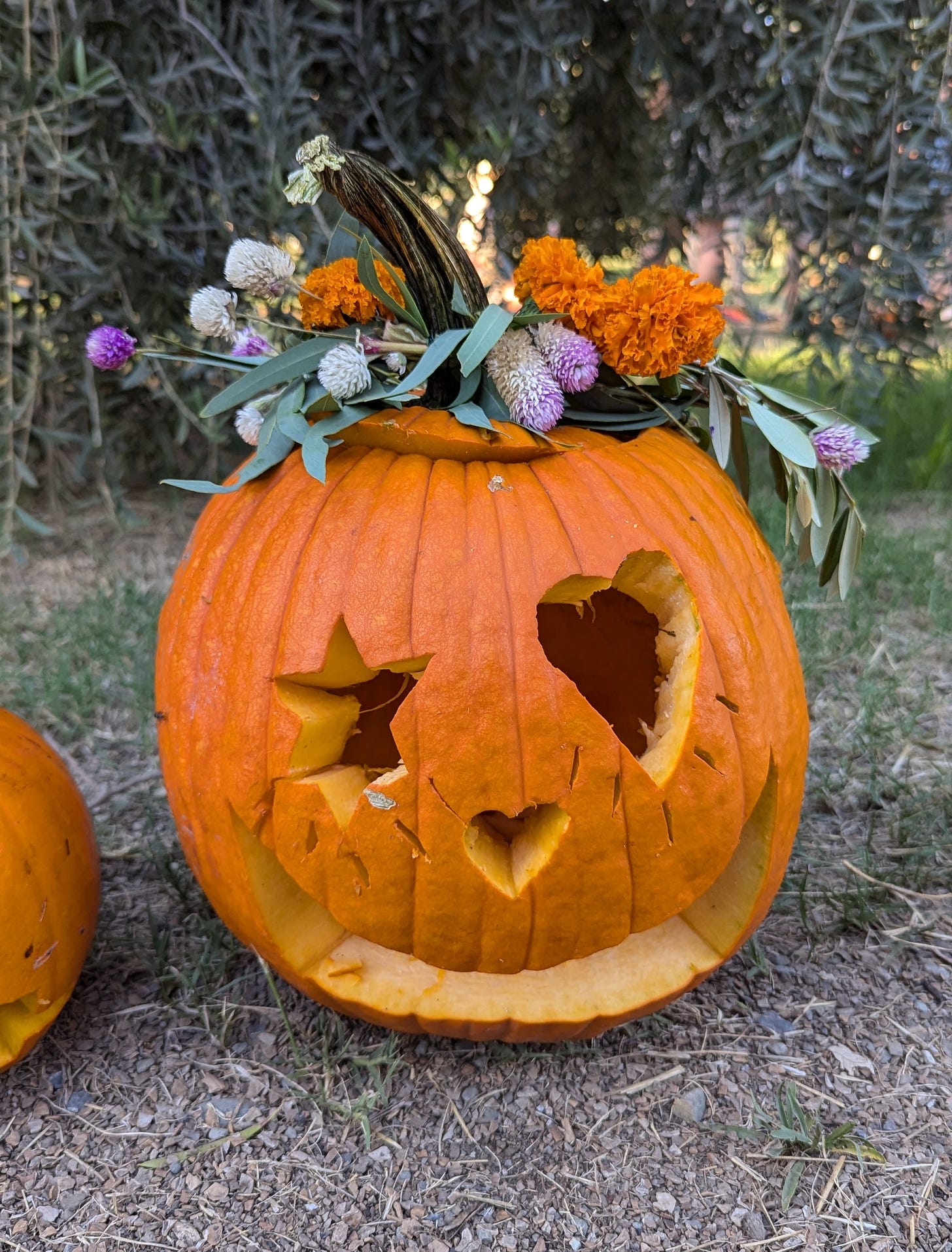
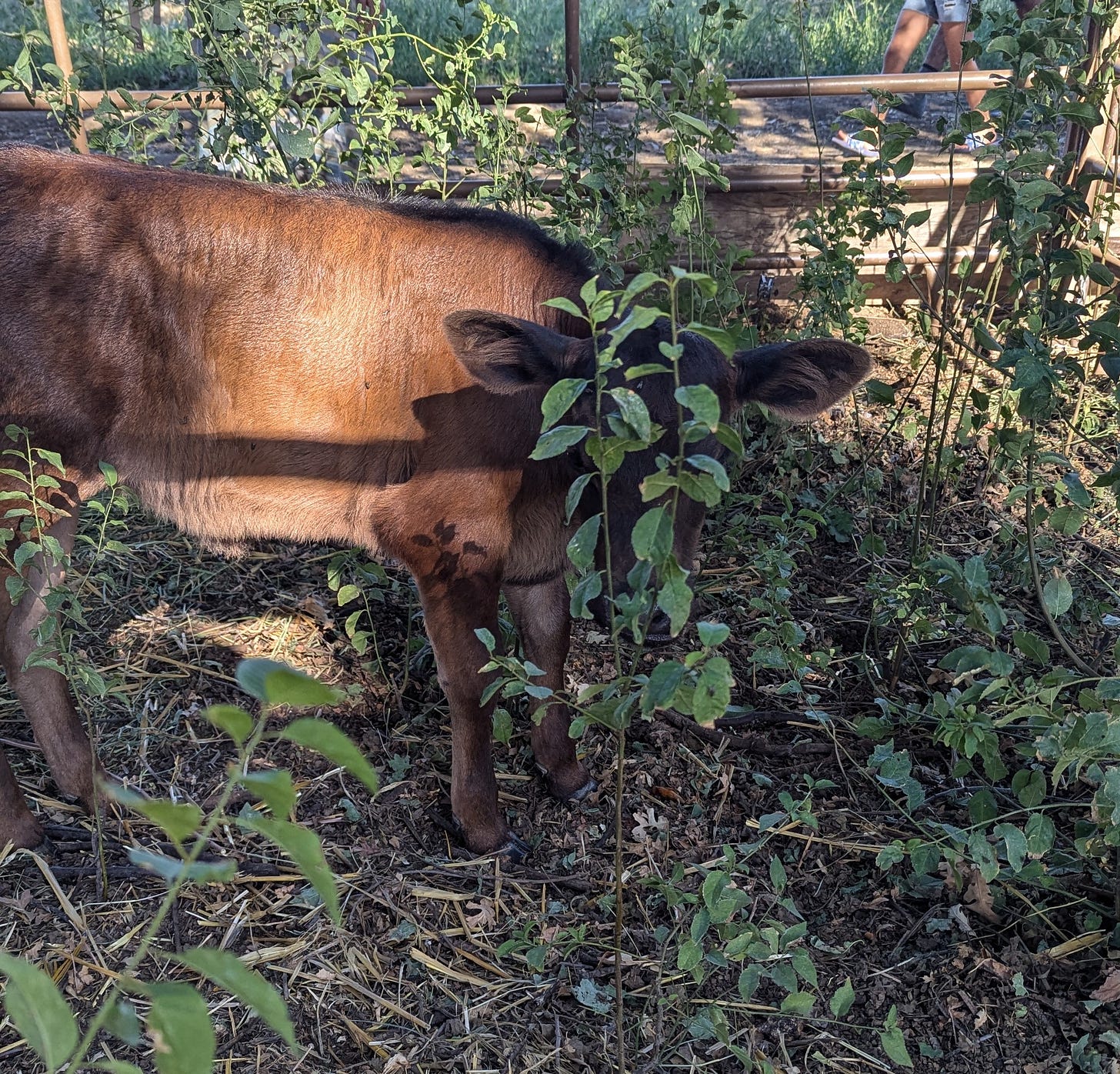

I love the idea of you all dancing together and making the broccoli taste its best!
I've always been fascinated by the bees' waggle dance...
Thanks for mentioning my article, I should use Freecycle more to be honest.
The difficulty here is - there is nothing, not dancing, not fertilizer, not fine herbs and spices, that can, in my very humble opinion … make broccoli (or cauliflower) taste good.
It’s fun to think something could … but it can’t! On that, George HW Bush and I were in total agreement.